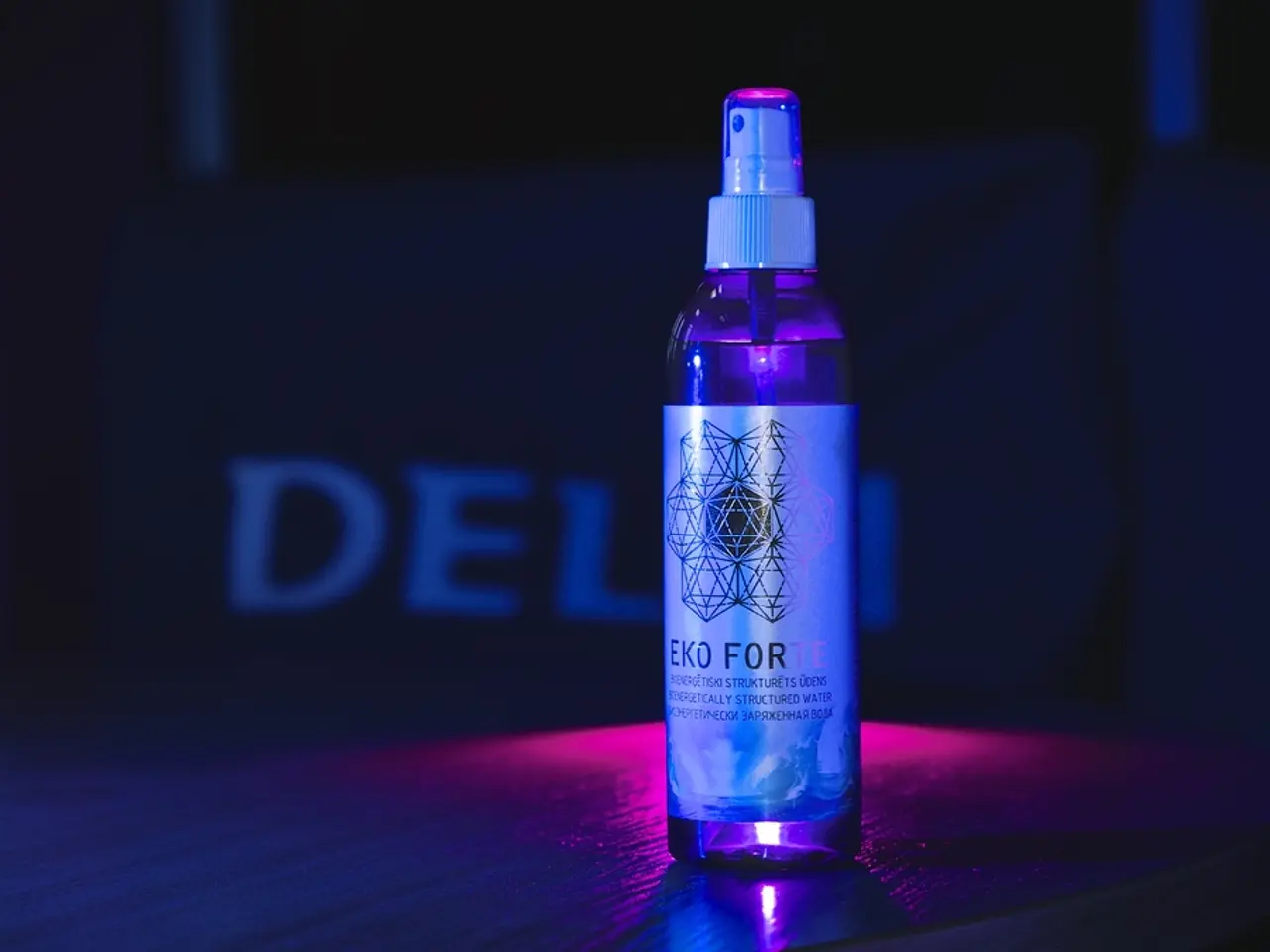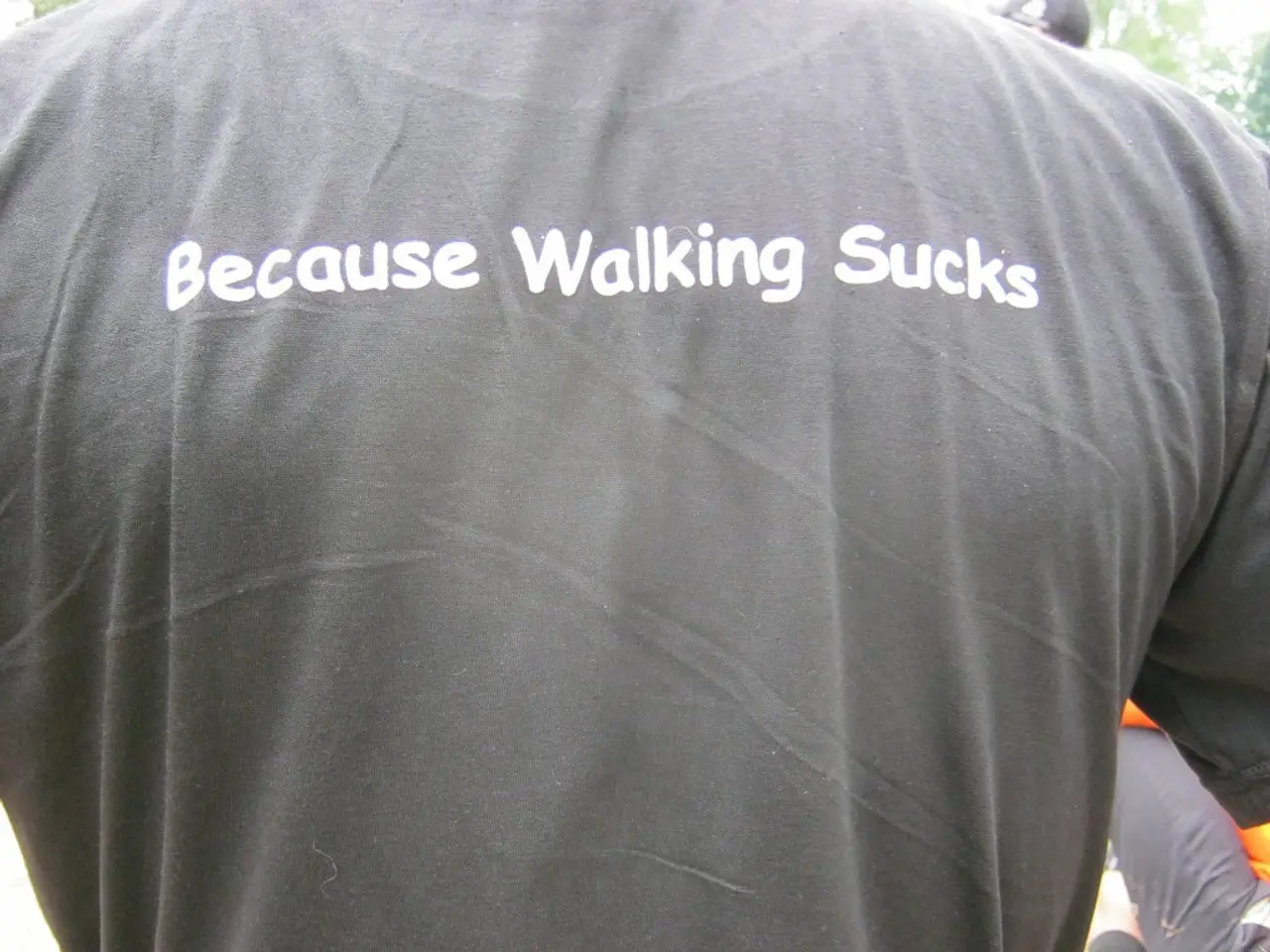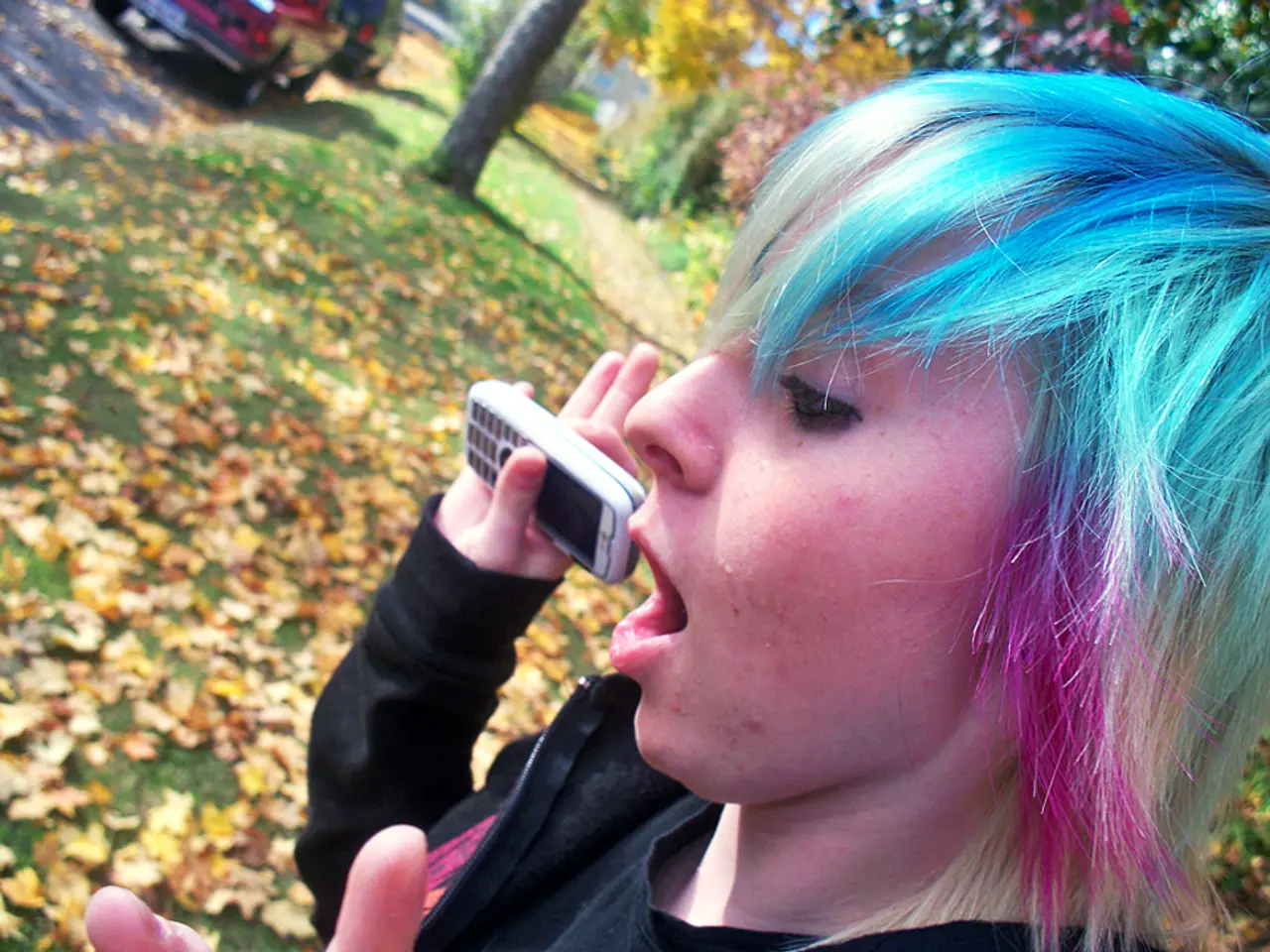Hydrogen peroxide: A comprehensive guide on its purpose, applications, and potential hazards
=========================================================
Hydrogen peroxide, a common household item, is often used for various purposes such as cleaning, disinfecting, and skin care. However, it's crucial to understand the safe concentrations and precautions for different uses to avoid potential harm.
Disinfecting
Typically, solutions of 3% hydrogen peroxide are used for general surface disinfection. Higher concentrations can cause serious eye and skin damage and require careful handling, especially at concentrations above 8%.
Oral Hygiene
For mouth rinsing or teeth whitening, diluted solutions around 1.5% to 3% are commonly recommended. Higher concentrations can cause irritation or burns to the oral mucosa.
Skin Care
Concentrations above 3% can irritate or burn skin. Products for skin application usually contain around 3% or less.
Earwax Removal
Use only 3% hydrogen peroxide for earwax removal. It should not be used more than once or twice a week, and one must avoid inserting objects into the ear canal, which can cause injury.
Precautions
- Avoid contact with eyes and skin when using concentrations above 3%; if contact occurs, rinse immediately.
- Use protective gloves and eye protection for solutions above 8%.
- Store hydrogen peroxide away from heat sources and combustible materials to prevent fire hazards, especially at concentrations above 30%.
- Use only small and safe concentrations for home and oral use; stronger solutions require proper handling, dilution, and ventilation.
- Never insert cotton swabs or sharp objects into ears when using hydrogen peroxide for earwax removal; limit frequency to prevent irritation.
Summary Table
| Use | Safe Concentration (%) | Key Precautions | |-------------------|-----------------------------|-------------------------------------------------| | Disinfecting | ~3% (common household use) | Avoid high concentration unless trained; PPE required above 8%; good ventilation | | Oral hygiene | ≤ 3% (often ~1.5-3%) | Dilute properly; avoid ingestion of concentrated forms; avoid oral burns | | Skin care | ≤ 3% | Avoid prolonged contact or application on wounds; higher causes burns | | Earwax removal | 3% | Use no more than 1-2 times per week; no deep insertion of objects into ear canal |
While hydrogen peroxide can be beneficial for removing earwax and oral hygiene, it's essential to use it carefully to avoid potential complications. For skin care, experts advise against its use, and for wound cleaning, they recommend sterile water instead.
It's also worth noting that over-the-counter (OTC) products approved by the FDA for acne treatment include benzoyl peroxide, which has antibacterial properties and can act effectively against bacteria that can lead to acne.
In case of any concerning symptoms after exposure to hydrogen peroxide, it's advisable to call a healthcare professional or visit an emergency room. Marketers may promote stronger concentrations of hydrogen peroxide as an alternative treatment for various purposes, but typically no scientific evidence supports such claims, which can result in severe injury or potentially life-threatening situations.
Always remember, safety first! Use hydrogen peroxide wisely and follow the recommended guidelines for a safe and effective experience.
- While household cleaners like hydrogen peroxide can be beneficial for removing earwax and promoting oral hygiene, it's essential to use them carefully to avoid potential complications.
- For therapies-and-treatments or health-and-wellness purposes beyond cleaning, experts often recommend other alternatives over hydrogen peroxide, such as sterile water for wound cleaning.
- Over-the-counter (OTC) products approved by the FDA for acne treatment include nutrition-based ingredients like benzoyl peroxide, which has antibacterial properties and can act effectively against bacteria that can lead to acne.
- Although marketers may promote stronger concentrations of cleaners like hydrogen peroxide as an alternative treatment for various purposes, typically no scientific evidence supports such claims, which can result in severe injury or potentially life-threatening situations.
- It's advisable to use cbd-based and other scientifically-supported products under the guidance of healthcare professionals in order to ensure safety and effectiveness.




